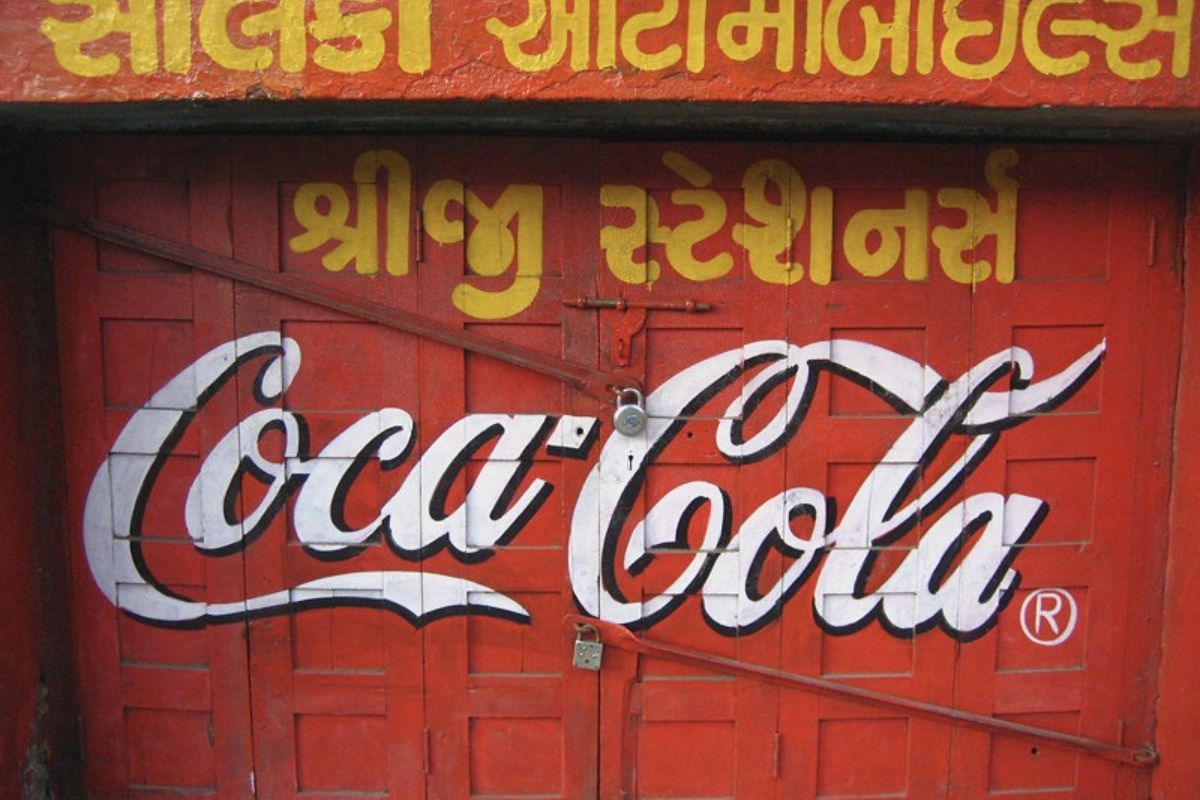“Whenever you feel bad, just remember that Coca-Cola sold only 25 bottles in the first year. Never give up!” While this may sound surprising, considering the global reach of the brand today, it is true that in its first year of existence, Coca-Cola only sold 25 bottles. This goes to show that even the biggest brands in the world had to start somewhere.
However, if you fast forward to today, the numbers are quite different. According to Coca-Cola’s latest annual report, more than 10,000 Coca-Cola soft drinks are consumed globally every single second. That’s a staggering 1.7 billion times every single day! The brand has become so ubiquitous that it is the second-most widely understood term in the world, after ‘okay’. It’s hard to imagine a world without Coca-Cola, but the truth is, it hasn’t always been the global powerhouse that it is today.
Advertisement
Today, on May 8, 2023, Coca-Cola is celebrating its 137th anniversary, and it’s safe to say that the brand has come a long way since its inception. The company’s history is a testament to its stability, and its overwhelming consumer loyalty makes it one of the world’s most recognisable brands. Over the past century, Coca-Cola has seen many changes, from its original recipe to its modern-day packaging.
Advertisement
Coca-Cola was invented by a pharmacist named John Pemberton in 1886. Pemberton was looking for a cure for his own addiction to morphine, and he believed that a combination of coca leaves and kola nuts might do the trick. He mixed the two ingredients with some sugar syrup and carbonated water, and the result was a drink that he called “Coca-Cola”. Pemberton’s bookkeeper, Frank Robinson, is credited with coming up with the name and the iconic logo.
In its early days, Coca-Cola was sold primarily at soda fountains and drugstores. It wasn’t until 1899 that the first bottling plant was opened, in Chattanooga, Tennessee. This was a game-changer for the brand, as it allowed Coca-Cola to be distributed far beyond its original market. Over the next few decades, Coca-Cola expanded rapidly, both in the US and abroad. By the 1920s, the company had bottling plants in more than 30 countries.
One of the biggest changes in Coca-Cola’s history came in 1985, when the company changed the formula of its flagship product. The new formula, called “New Coke”, was a response to the growing popularity of rival brand Pepsi. However, the public reaction to New Coke was overwhelmingly negative, and Coca-Cola was forced to bring back the original formula as “Coca-Cola Classic” just a few months later.
In the years since the New Coke debacle, Coca-Cola has continued to innovate and adapt to changing consumer tastes. The company has introduced a variety of new products, including Diet Coke, Cherry Coke, and Coca-Cola Zero. Coca-Cola has also made a concerted effort to appeal to health-conscious consumers, introducing smaller portion sizes and lower-calorie options.
Today, Coca-Cola is a global behemoth, with operations in more than 200 countries. The company has expanded beyond its flagship product, offering a wide range of soft drinks, juices, and other beverages. Coca-Cola is also involved in a variety of philanthropic initiatives, including efforts to promote sustainable agriculture and support communities in need.
Despite its size and success, Coca-Cola is not immune to challenges. The company has faced criticism over the years for its environmental impact and its role in the obesity epidemic. However, Coca-Cola has shown a willingness to listen to its critics and make changes where necessary.
In many ways, the story of Coca-Cola is a reflection of the American dream. It’s a story of perseverance, innovation, and the relentless pursuit of excellence. From its humble beginnings as a cure for addiction to its status as a global phenomenon, Coca-Cola has proven that anything is possible with hard work, determination, and a little bit of magic.
Advertisement
















